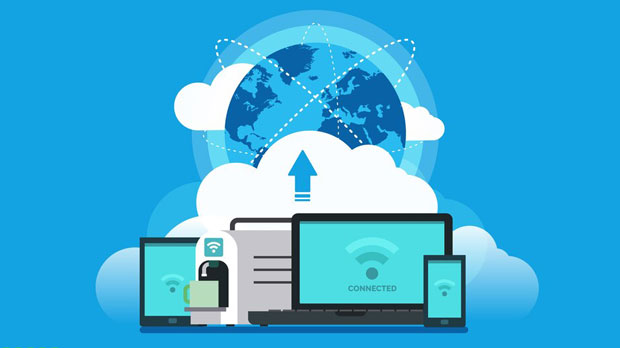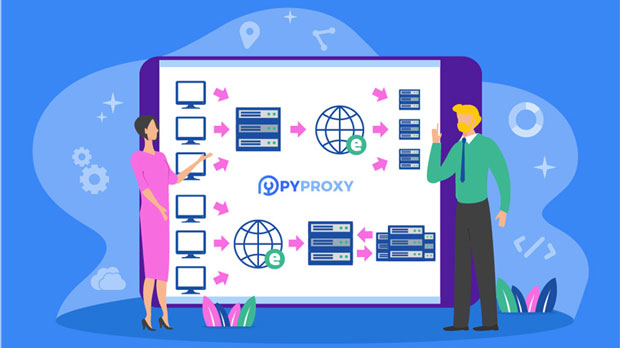When it comes to choosing between free and paid Premium residential proxies, users often wonder if the performance gap is significant enough to justify the expense. The free version of PYPROXY provides essential proxy services, but it typically comes with limitations in terms of speed, reliability, and security. On the other hand, the paid Premium Residential Proxies offer enhanced performance features such as faster connection speeds, better reliability, and robust security measures. In this article, we will delve into a detailed analysis of the key differences between free and paid proxies, helping potential users make an informed decision about which option suits their needs best. Understanding Residential ProxiesResidential proxies are IP addresses provided by internet service providers (ISPs) to homeowners. These proxies are considered highly reliable and are difficult to detect because they appear to be regular user connections. This is a crucial factor for various online tasks such as web scraping, accessing geo-blocked content, or conducting market research. PyProxy, as a provider of residential proxies, offers both free and premium versions, each with its distinct characteristics and advantages.Key Differences Between Free and Paid Proxies Speed and BandwidthOne of the most notable differences between free and paid residential proxies is the speed and bandwidth allocation. Free proxies generally offer slower speeds due to network congestion and fewer allocated resources. Since many users share the same proxy pool, bandwidth can become throttled, leading to lag times and slower data transfer speeds. In contrast, paid Premium Residential Proxies are assigned dedicated resources and typically provide faster, more consistent speeds. This is especially important for users who rely on proxies for real-time tasks such as e-commerce monitoring or SEO tracking, where delays can result in lost opportunities. Reliability and UptimeReliability is another critical factor to consider. Free proxies often have lower uptime rates due to their shared nature, which means they are more likely to go offline or experience disruptions. Premium proxies, on the other hand, offer guaranteed uptime and are backed by service level agreements (SLAs) that ensure users experience minimal downtime. This makes paid proxies a more reliable choice for businesses or users who require uninterrupted access to the internet. Security and PrivacySecurity is another major concern for proxy users. Free proxies may not provide robust encryption or other security features, which could expose sensitive data to potential threats. These proxies are often used by multiple people, increasing the risk of data leakage or hacking. Premium Residential Proxies typically offer better security protocols, including encryption, IP rotation, and other features that protect users’ online activities and personal information. For businesses and individuals handling sensitive data, the additional layer of security that comes with premium proxies can be invaluable.Performance Comparison: Free vs. Paid Proxies LatencyLatency, or the delay before data transfer begins, is a crucial factor for tasks that require real-time responses. Free proxies often experience higher latency due to congestion and the use of shared resources. This delay can be especially noticeable when accessing content that requires immediate action, such as streaming or gaming. Premium proxies, with their dedicated resources, offer lower latency and smoother connections, making them a better option for performance-sensitive tasks. Geo-targeting and Location VarietyFree proxies may offer limited access to certain geographic locations, which can be a drawback for users needing specific IP addresses from diverse regions. Paid Premium Residential Proxies provide a broader selection of locations, allowing users to choose IPs from a variety of countries and cities. This is particularly useful for market research, ad verification, or bypassing geo-restrictions.Real-world Use Cases E-commerce and Market ResearchIn industries such as e-commerce, where businesses need to monitor competitor prices, analyze product listings, or conduct web scraping, the speed and reliability of proxies are paramount. Free proxies, with their inherent limitations, may cause delays in data retrieval or result in blocked IPs. Premium proxies, however, can ensure fast and uninterrupted access to crucial data, making them a more effective tool for e-commerce businesses looking to stay ahead of the competition. SEO and Social Media MarketingSEO professionals and social media marketers often use proxies to gather information about search engine results or perform bulk social media actions. Using free proxies for these tasks can result in slow data retrieval and even IP bans, as search engines or social media platforms may detect suspicious behavior. Premium proxies, with their faster speeds, better security, and more reliable uptime, offer a safer and more efficient solution for these types of online marketing activities. Streaming and EntertainmentAnother use case where performance matters is in the streaming industry. Free proxies may struggle to provide fast speeds needed for high-quality video streaming, leading to buffering and poor user experience. For users who rely on proxies to access geo-blocked content, Premium Residential Proxies offer faster speeds and better reliability, ensuring a seamless streaming experience without interruptions.Cost vs. Benefit: Is the Premium Version Worth the Investment?While free residential proxies can serve basic needs, businesses or individuals who require consistent, high-performance proxy services may find the premium version worth the investment. The added cost is justified by the benefits of faster speeds, better security, higher reliability, and the ability to access a larger variety of IP locations. For professional users or businesses who rely on proxies for critical tasks, the upgrade to Premium Residential Proxies can result in increased efficiency, improved data accuracy, and a more secure online presence.Conclusion: Which Proxy Option Should You Choose?In conclusion, the performance difference between free and paid Premium Residential Proxies is significant. Free proxies are suitable for basic tasks or personal use but may fall short when it comes to speed, reliability, security, and access to diverse locations. For users or businesses with more demanding needs, the paid Premium Residential Proxies provide enhanced features that justify the additional cost. By understanding the differences and evaluating their specific needs, users can make an informed decision about which proxy solution is best suited to their requirements.
Aug 21, 2025


































































